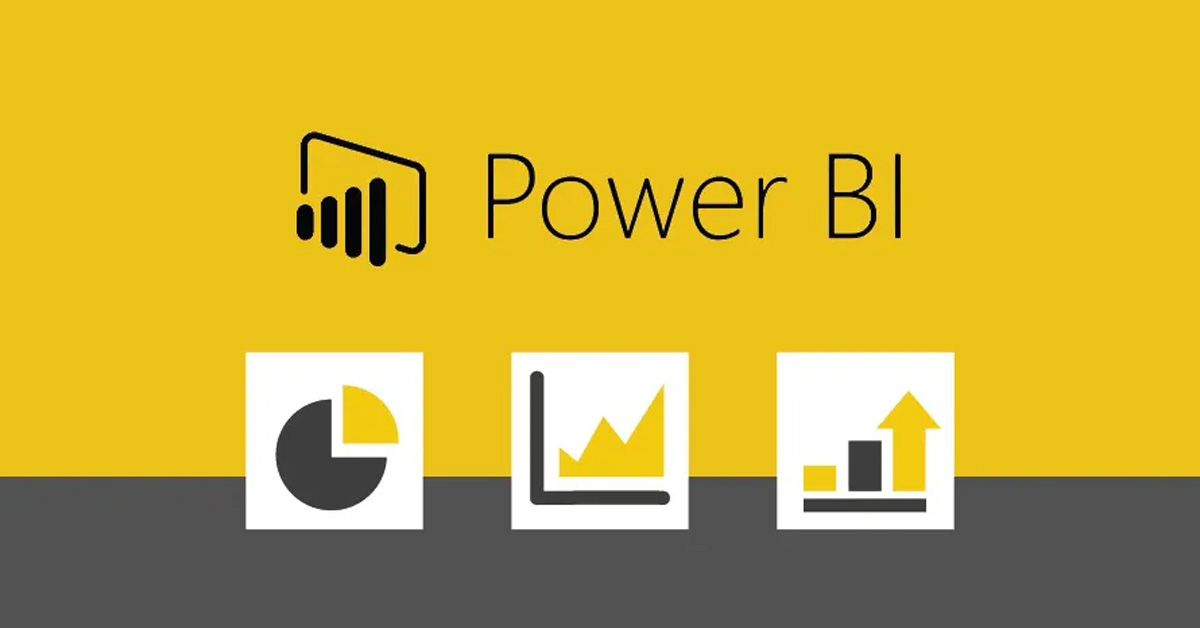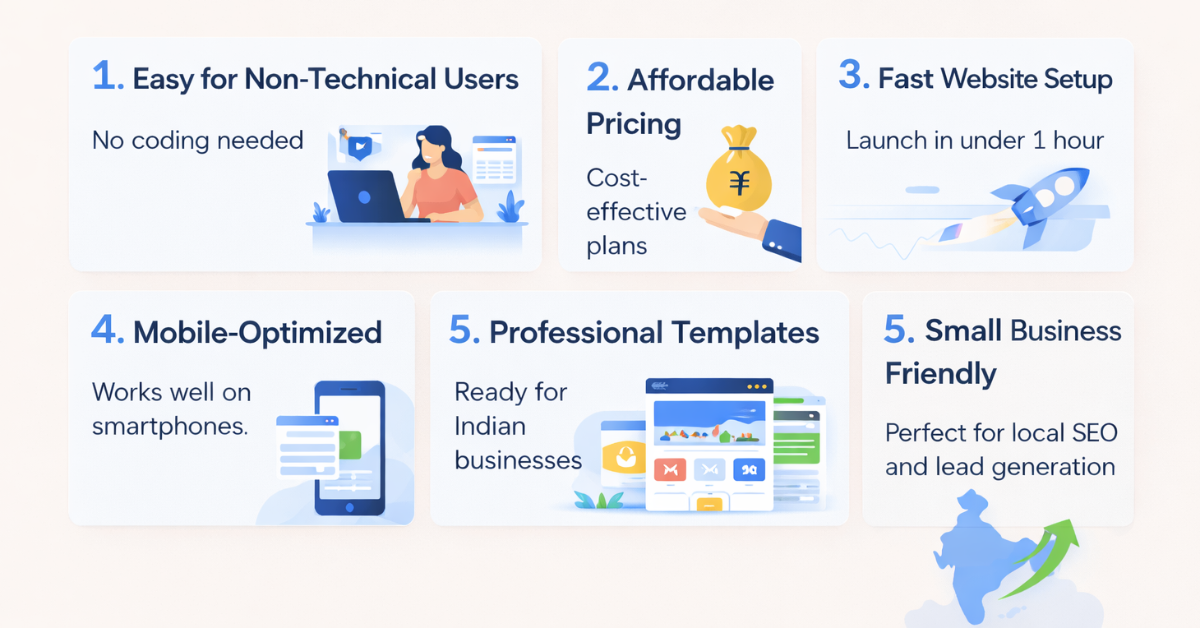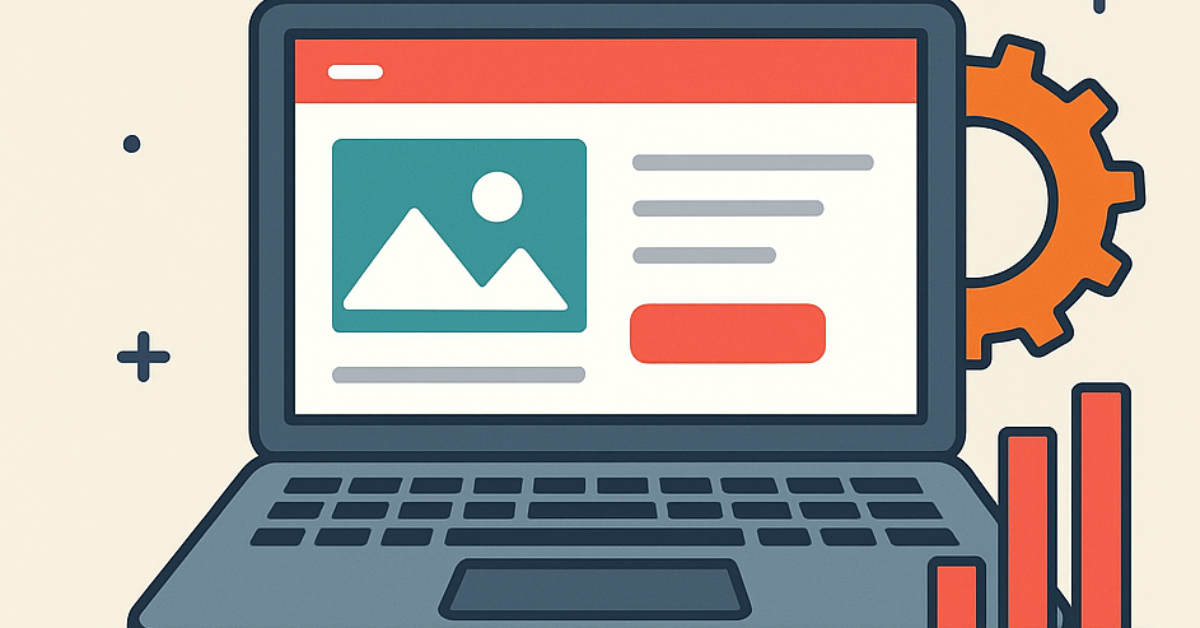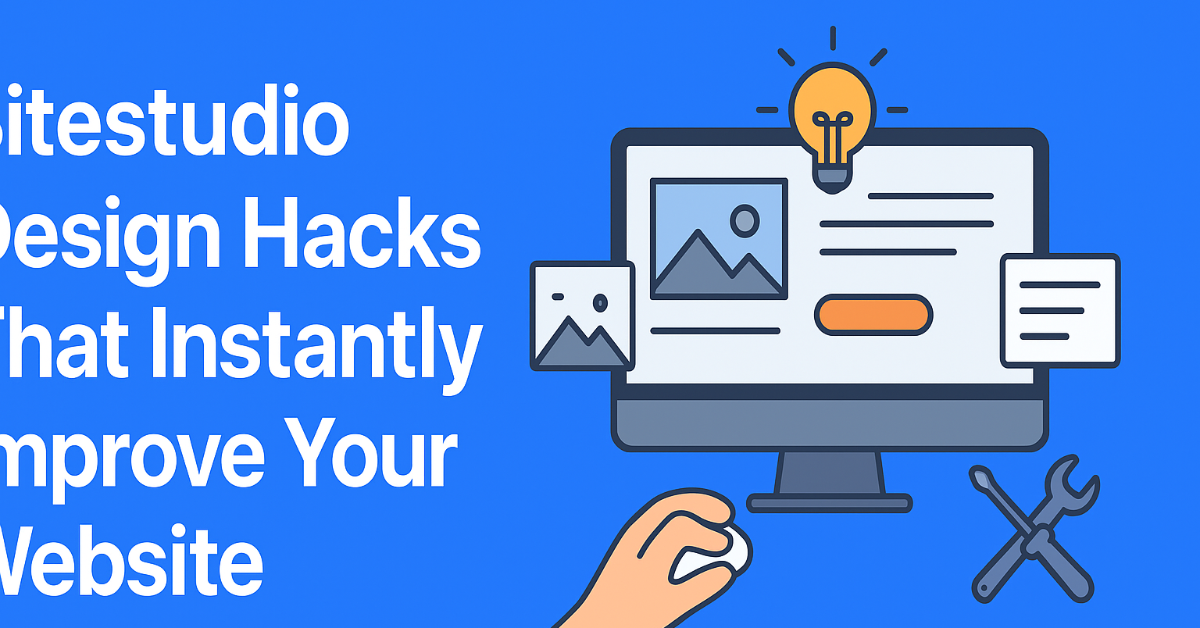Tech Updates,Web Development 18.07.2024
In today’s data-driven world, harnessing the power of data analytics is crucial for business success. Microsoft’s Power BI stands out as a leading business intelligence tool, transforming raw data into meaningful insights. This blog delves into what Power BI is, how it works, and why it’s essential for your business.
What is Power BI?
Power BI is a suite of business analytics tools developed by Microsoft. It enables users to aggregate, analyze, visualize, and share data seamlessly. Whether you’re working with an Excel spreadsheet or a cloud-based data warehouse, Power BI turns your data into interactive, easy-to-understand insights.
How Power BI Works
-
Data Collection and Integration:
- Diverse Data Sources: Power BI connects to numerous data sources, including Excel, SQL Server, Azure, Google Analytics, and Salesforce, among others.
- Power Query: This feature simplifies the process of discovering, connecting, and refining data, ensuring that your data is clean and ready for analysis.
-
Data Modeling:
- Power BI Desktop: A powerful companion application, Power BI Desktop allows for advanced data exploration, shaping, and modeling. It’s where complex data models come to life.
- DAX (Data Analysis Expressions): DAX is a collection of functions, operators, and constants used in Power BI to create sophisticated data models and calculations.
-
Visualization and Reporting:
- Interactive Dashboards and Reports: Create detailed reports and dashboards using a variety of visualizations such as charts, graphs, and maps. These interactive visuals provide deep insights into your data.
- Power BI Service: Publish your reports and dashboards to the Power BI service, making them accessible from any web browser or mobile device.
-
Collaboration and Sharing:
- Workspaces: Collaborate with team members in dedicated workspaces, working together on dashboards and reports.
- Sharing Options: Easily share your insights with others within your organization or embed them in applications and websites.
-
Data Refresh:
- Keep your data up-to-date with scheduled refreshes. Power BI ensures that your insights are always based on the latest data.
Uses of Power BI
- Business Intelligence: Empower your organization with real-time insights and data-driven decision-making.
- Performance Tracking: Monitor key performance indicators (KPIs) and metrics across various departments.
- Sales and Marketing Analysis: Analyze sales data, track marketing campaign performance, and understand customer behavior.
- Financial Reporting: Create dynamic financial reports for comprehensive financial analysis.
- Operational Efficiency: Identify inefficiencies and areas for improvement in your operations.
- Customer Insights: Gain a deeper understanding of your customers to enhance satisfaction and retention.
Key Features of Power BI
- Custom Visualizations: Go beyond built-in visuals with custom visualizations tailored to your data.
- Natural Language Q&A: Ask questions in natural language, and Power BI will generate relevant visualizations.
- AI Insights: Utilize AI and machine learning for advanced analytics and predictive insights.
- Mobile Access: Access your data on the go with Power BI’s mobile apps for iOS, Android, and Windows.
Power BI is a business analytics service developed by Microsoft. It provides tools for aggregating, analyzing, visualizing, and sharing data. Here’s a detailed overview of what Power BI is, how it works, and its uses:
What is Power BI?
Power BI is a collection of software services, apps, and connectors that work together to turn unrelated sources of data into coherent, visually immersive, and interactive insights. Your data could be an Excel spreadsheet, or a collection of cloud-based and on-premises hybrid data warehouses.
How Power BI Works
-
Data Collection and Integration:
- Data Sources: Power BI connects to a wide range of data sources such as Excel, SQL Server, Azure, Google Analytics, Salesforce, and more.
- Power Query: This feature allows users to discover, connect, combine, and refine data across a wide variety of sources. It helps in cleaning and transforming data before visualization.
-
Data Modeling:
- Power BI Desktop: This is a companion desktop application to Power BI that provides advanced data exploration, shaping, modeling, and creating detailed reports. Users can create complex data models by integrating data from different sources.
- DAX (Data Analysis Expressions): A collection of functions, operators, and constants used in Power BI to create formulas and expressions for data modeling.
-
Visualization and Reporting:
- Reports and Dashboards: Power BI allows users to create detailed reports and dashboards with a variety of visualization options like charts, graphs, maps, and more. These visualizations can be interactive, providing deeper insights.
- Power BI Service: This is an online SaaS (Software as a Service) part of Power BI. Users can publish reports and dashboards created in Power BI Desktop to the Power BI service, making them accessible via web and mobile devices.
-
Collaboration and Sharing:
- Workspaces: Power BI provides workspaces for collaboration where users can work together on dashboards and reports.
- Sharing: Users can share reports and dashboards with others within the organization or embed them into applications or websites.
-
Data Refresh:
- Power BI supports scheduled data refreshes, ensuring that the data presented is up-to-date. This can be set up to occur at regular intervals, depending on the needs of the business.
Uses of Power BI
- Business Intelligence: Power BI helps businesses make data-driven decisions by providing real-time insights and analytics.
- Performance Tracking: Companies can track performance metrics and key performance indicators (KPIs) across different departments.
- Sales and Marketing Analysis: Analyze sales data, track campaign performance, and understand customer behaviors and trends.
- Financial Reporting: Create financial reports that are dynamic and interactive, allowing for deeper financial analysis.
- Operational Efficiency: Monitor operational metrics to identify inefficiencies and areas for improvement.
- Customer Insights: Gain insights into customer data to improve customer satisfaction and retention.
Key Features
- Custom Visualizations: In addition to built-in visuals, Power BI supports custom visualizations, allowing users to create tailored visual representations of their data.
- Natural Language Q&A: Users can ask questions about their data in natural language, and Power BI will generate visualizations based on the questions.
- AI Insights: Leverages AI and machine learning to provide advanced analytics and predictive insights.
- Mobile Access: Power BI offers mobile apps for iOS, Android, and Windows devices, enabling access to data on the go.
Overall, Power BI is a powerful tool for organizations looking to leverage their data for strategic decision-making and gaining competitive advantages through insightful analytics.
Conclusion
Power BI is an indispensable tool for businesses aiming to leverage their data for strategic decision-making. Its robust features, user-friendly interface, and powerful analytics capabilities make it a must-have for any organization looking to stay ahead in the competitive market. Unlock the full potential of your data with Power BI and transform your business insights today.
Be notified when we add a new articles





![]()
![]()
![]()
![]()